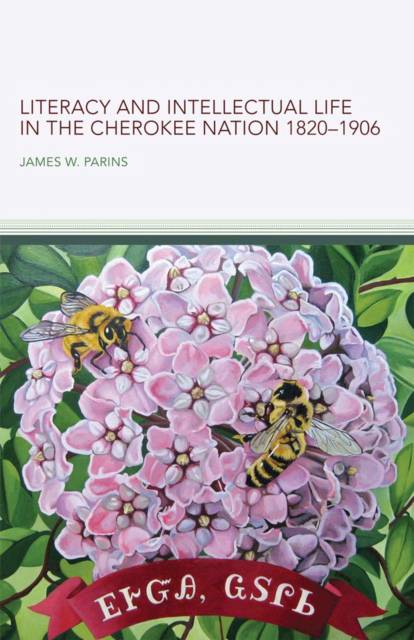
Nos liseuses Vivlio rencontrent actuellement des problèmes de synchronisation. Nous faisons tout notre possible pour résoudre ce problème le plus rapidement possible. Toutes nos excuses pour la gêne occasionnée !
- Retrait gratuit dans votre magasin Club
- 7.000.000 titres dans notre catalogue
- Payer en toute sécurité
- Toujours un magasin près de chez vous
Nos liseuses Vivlio rencontrent actuellement des problèmes de synchronisation. Nous faisons tout notre possible pour résoudre ce problème le plus rapidement possible. Toutes nos excuses pour la gêne occasionnée !
- Retrait gratuit dans votre magasin Club
- 7.000.0000 titres dans notre catalogue
- Payer en toute sécurité
- Toujours un magasin près de chez vous
59,45 €
+ 118 points
Format
Description
Many Anglo-Americans in the nineteenth century regarded Indian tribes as little more than illiterate bands of savages in need of "civilizing." Few were willing to recognize that one of the major Southeastern tribes targeted for removal west of the Mississippi already had an advanced civilization with its own system of writing and rich literary tradition. In Literacy and Intellectual Life in the Cherokee Nation, 1820-1906, James W. Parins traces the rise of bilingual literacy and intellectual life in the Cherokee Nation during the nineteenth century--a time of intense social and political turmoil for the tribe. By the 1820s, Cherokees had perfected a system for writing their language--the syllabary created by Sequoyah--and in a short time taught it to virtually all their citizens. Recognizing the need to master the language of the dominant society, the Cherokee Nation also developed a superior public school system that taught students in English. The result was a literate population, most of whom could read the Cherokee Phoenix, the tribal newspaper founded in 1828 and published in both Cherokee and English. English literacy allowed Cherokee leaders to deal with the white power structure on their own terms: Cherokees wrote legal briefs, challenged members of Congress and the executive branch, and bargained for their tribe as white interests sought to take their land and end their autonomy. In addition, many Cherokee poets, fiction writers, essayists, and journalists published extensively after 1850, paving the way for the rich literary tradition that the nation preserves and fosters today. Literary and Intellectual Life in the Cherokee Nation, 1820-1906 takes a fascinating look at how literacy served to unite Cherokees during a critical moment in their national history, and advances our understanding of how literacy has functioned as a tool of sovereignty among Native peoples, both historically and today.
Spécifications
Parties prenantes
- Auteur(s) :
- Editeur:
Contenu
- Nombre de pages :
- 304
- Langue:
- Anglais
- Collection :
- Tome:
- n° 58
Caractéristiques
- EAN:
- 9780806143996
- Date de parution :
- 04-11-13
- Format:
- Livre relié
- Format numérique:
- Genaaid
- Dimensions :
- 145 mm x 218 mm
- Poids :
- 476 g







